Review: 2020 Lexus LS 500 4-Door Sedan
Published on Sat, Aug 29, 2020
By: Brian Kennedy
The Lexus LS 500 4-Door Sedan will pamper you with a plethora of driver comforts and commodities, more than you'll ever realistically need. But what's the harm in having them, just in case?
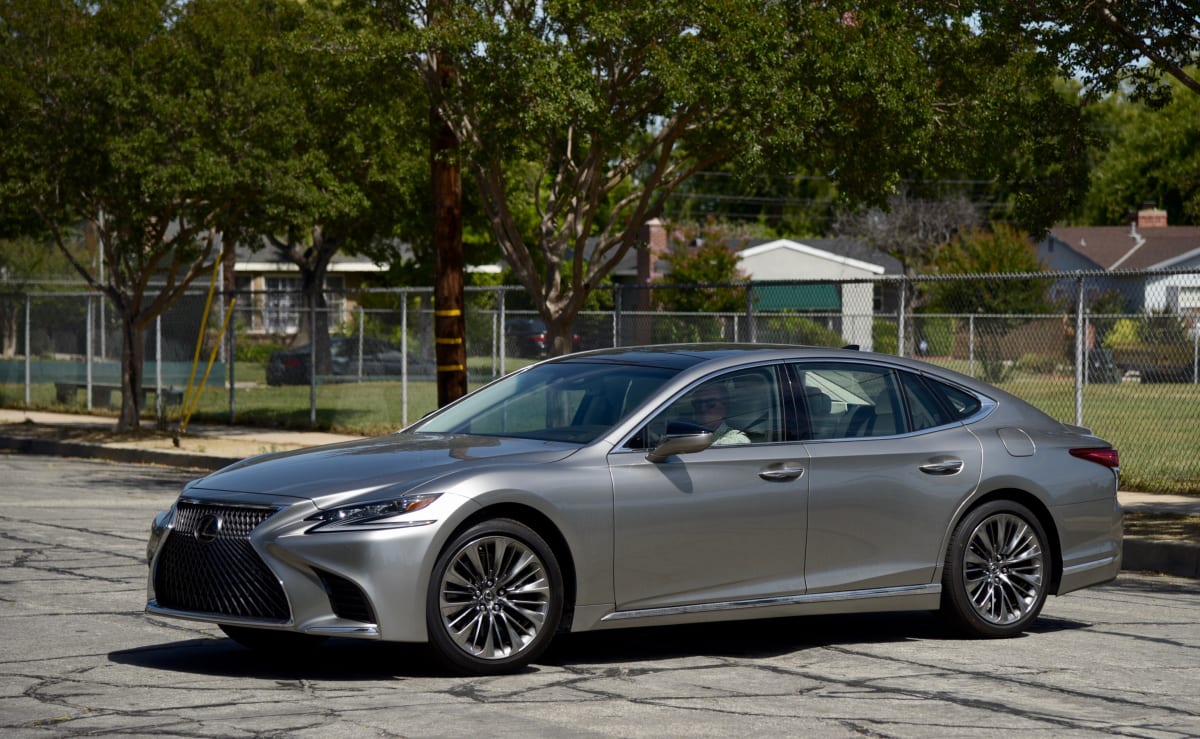
Check out our video review of the Lexus LS500 on our YouTube Channel.
The Lexus LS 500 is a car that does more things than any other you’ve ever driven, most likely. It can massage you like you’re in your living room armchair. Its sunshades keep the rays off you as you sit in one of the rear seats. The “Climate Concierge” blasts away with AC in four-zone mode if called upon to do so. You don’t even have to raise the trunk yourself, because a kick feature under the bumper does that for you, and can shut the lid the same way when you’re done, unless you choose to press a button and have the motor gently restore the lid to its place. A cargo net is neatly stowed in a bag in the trunk, part of an option group. Nothing in this car has been forgotten.
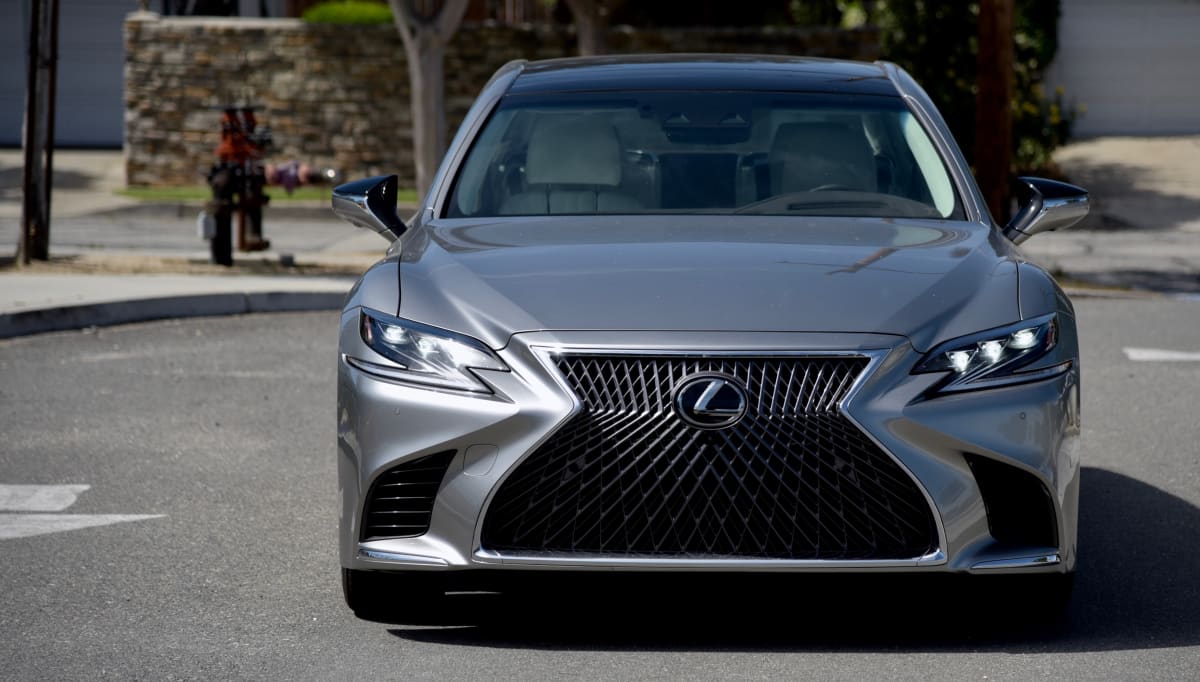
You’d almost think you’re driving a limo (unless you actually have someone on staff to do that for you, in which case, you are riding in one), and that is what makes the Lexus LS 500 4 Door Sedan the $106,000 vehicle that it is.
So why pay the premium for all the goodies? The short answer is, you pay that much because everything you get for that extra price-of-a-Honda-Accord works so darned well.
But let’s say you don’t buy an ultra-luxury car to be coddled, but because of its mechanical capabilities? The LS 500 has that covered as well. This car, despite its curb weight—just a tick under 5,000 pounds—simply goes like a rocket.
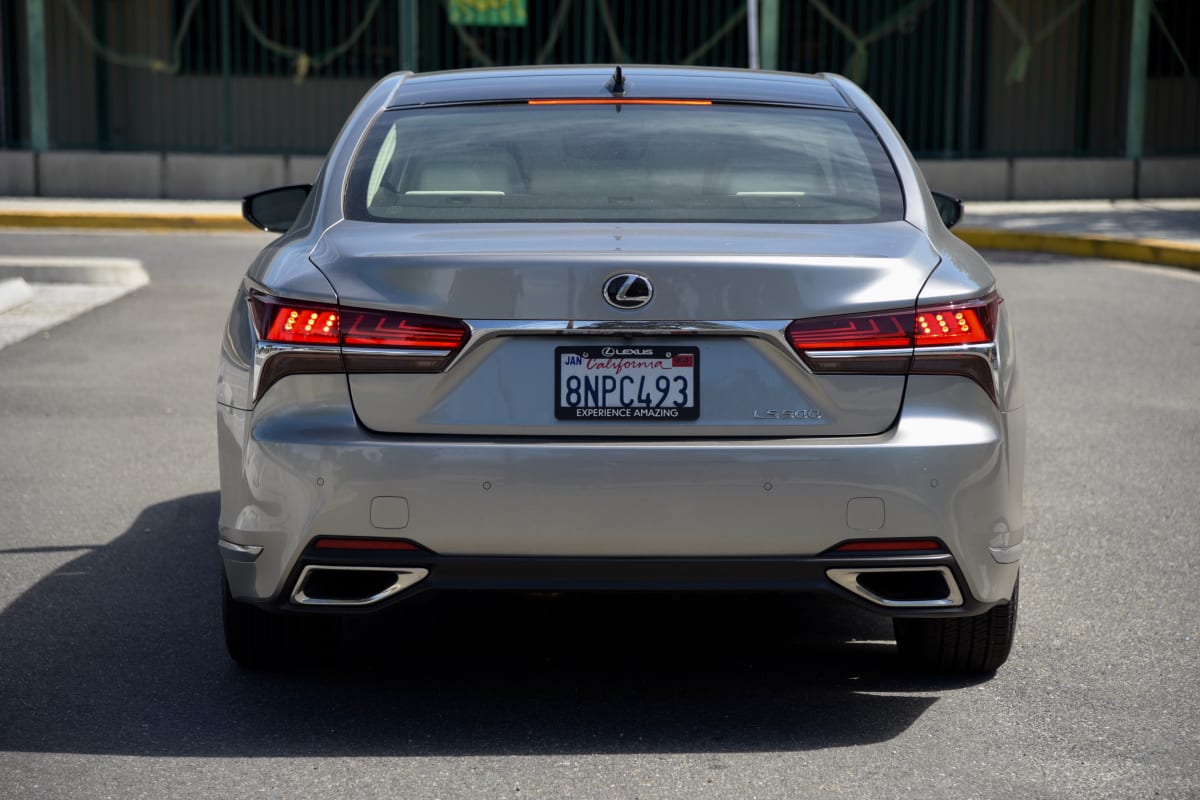
In fact, all its gizmos—a suspension that raises and lowers at the touch of a button, seats with billion-ways adjustability, four-place seat air conditioners, rear seats that recline nearly as much as those in front of your mega-TV in the game room that you have at your estate—are muted when you do this one thing: mash the gas.
In that event, what you have here is nothing short of a muscle car. The LS roars, and it does what a muscle car should: it gets up and goes.
The LS 500 has the 3.5-liter displacement of its sports-car younger brother, the RC 350, a car that seems just a little tame compared to what it could be. But take twin turbochargers and stick them onto that displacement, like Toyo-Lexus did with the LS 500, and you drive the HP up by around 100, to 416. Then, open up the sound of the exhaust, and you’ve got yourself a muscle sedan.
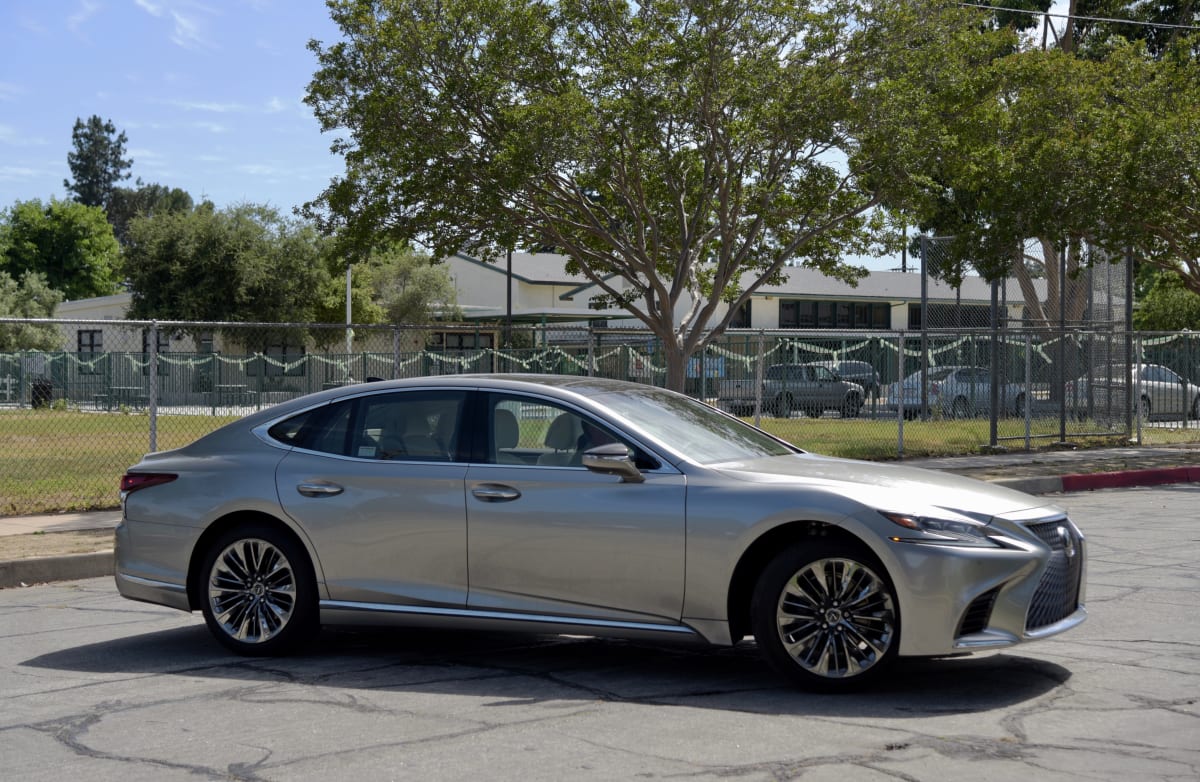
The car in “base” form is about $75 grand. But the one they sent me had all the goodies, including the Executive Package ($17,100) and thus every option you’ve ever imagined a car could have. Plus some. So which version do you get?
Of course, your selection of trim levels is partly a matter of what you intend to do with the car. If you have kids, and this is a four-person family cruiser, you probably don’t need rear massaging chairs. But if you’re in real estate, or (and here I’m just imagining) an oil exec who shuttles investors around the vast expanse of Texas or Oklahoma, you might just feel like those extra comforts are worth the money, and not just because of what they do, but because of what they say about you.
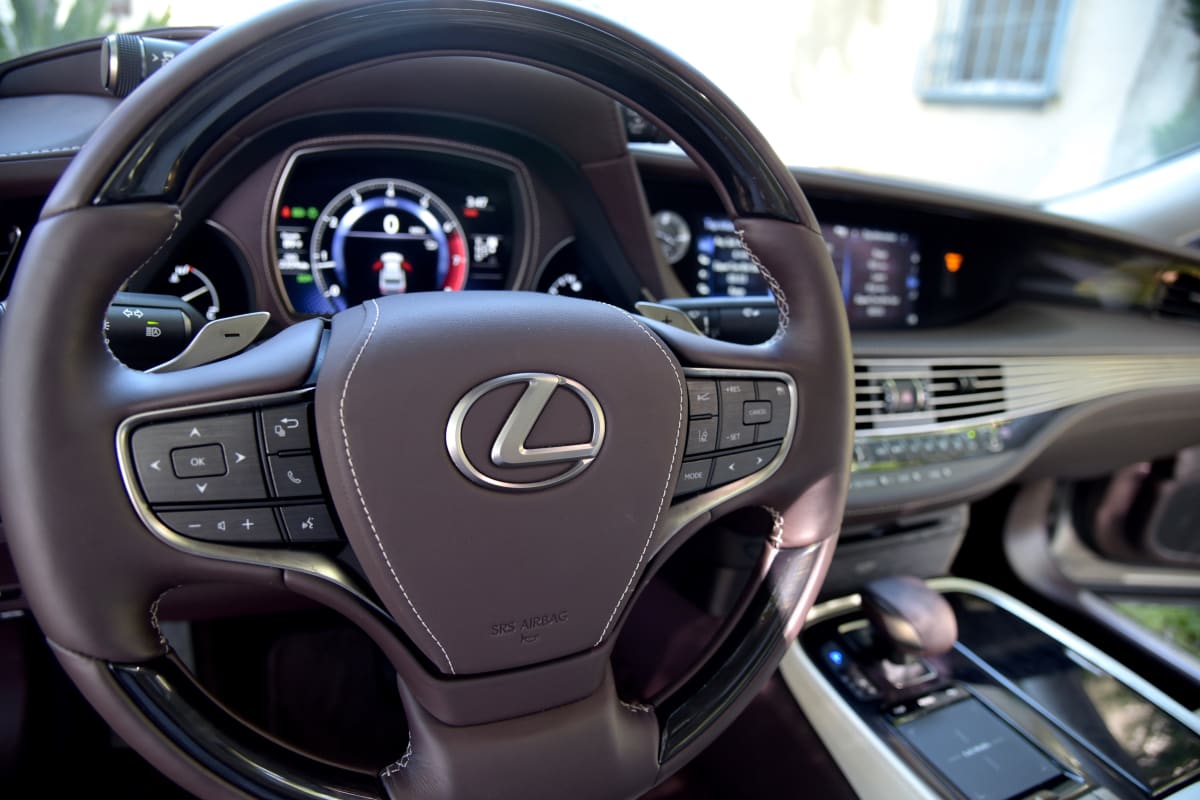
Heck, you could take that attitude about driving in LA, where an hour and a half can be chewed up in traffic to go 20 or 30 miles (which is why nobody knows how many miles any point A is from any point B here—that doesn’t matter. Time does.) So if you’re a studio exec and it’s time to impress an investor with how great your idea is for the ninth prequel to Batman (or whatever—I just made that up), then this also might be the car for you.
Your enjoyment of the LS 500 won’t just be about the complex tools it offers, though, because the simple stuff is right. The gauge cluster just in front of you, for example, is configurable. In what I would call the optimum configuration, it could display your nav information as well as speed, drive mode, and more. The center console in the front opens two ways, depending on the side button that you push—for the driver to have access, or the front seat passenger. The center console in the rear has an electronic control built in that allows passengers back there to control many functions including climate, seat heating and cooling, audio, side window and rear window sunshade up/down, and more.
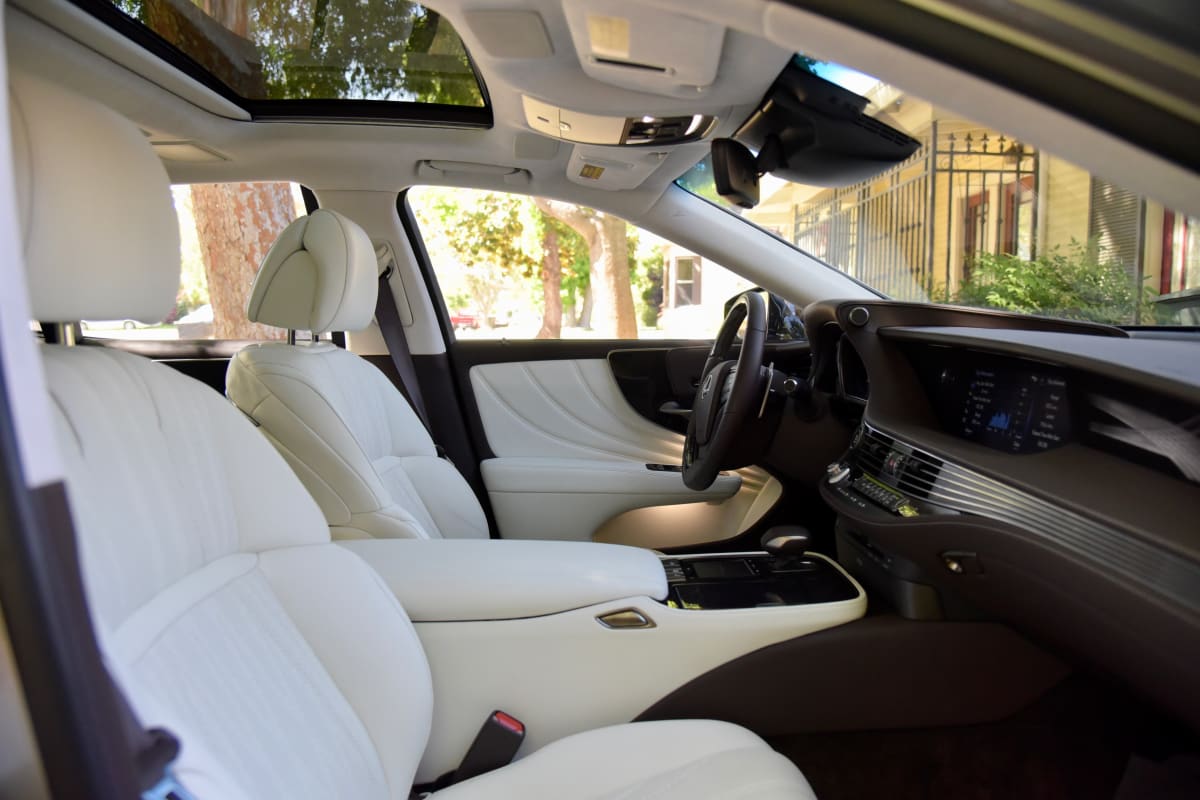
The doors are adorned with stitched accent-colored leather, with lighting at night to add highlights, and a kind of floating armrest that looks faintly art deco in its styling.
The attitude the car strikes is, “What can I do for you?” You sit down, and the seatbelt snugs you into the seat. Throw the car in reverse, and the rear sunshade goes down to give you clear sight. The large display in the center of the dash can be one image—say, a huge map—or more than one—a map and a compass, or a map and info about the climate control.
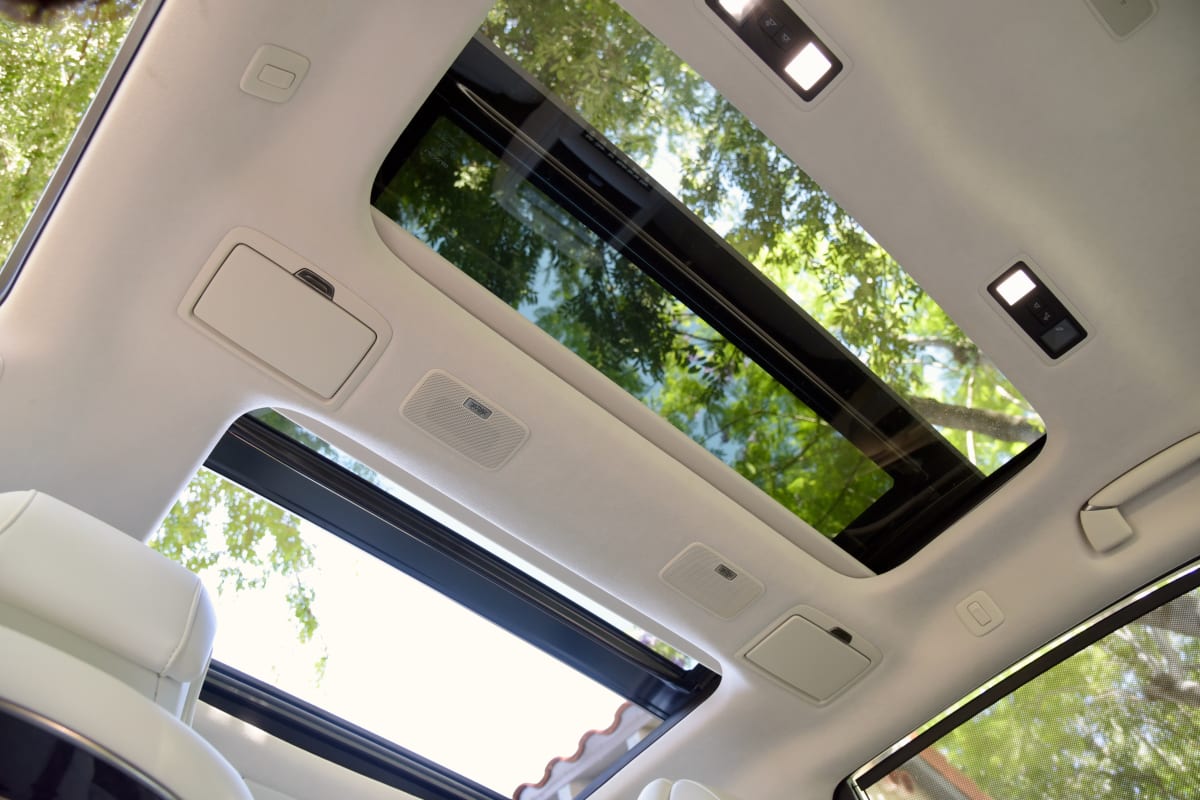
Navigation suggests rather than tells you what to do. So it’s like this: In a “normal” car, the nav says something like, “In one-quarter mile, take the exit to the right for Seal Beach Boulevard.” In this Lexus, is goes something like, “The ramp on the right in one-quarter mile goes to Seal Beach Boulevard.” Like the car is scared of you ‘cause you’re rich enough to be able to afford it.
The car drives like it should—it’s stable, great in corners, and always has more power available. Tires are sticky, but a warning sticker says, interestingly, that you can forget about long-term use of them because they’ll be worn out in around 20,000 miles. That appears on the back passenger-side window. Come to think of it, though, I doubt you’re that worried about $1000 for new rubber when you’ve spent 106 times that on the car itself.
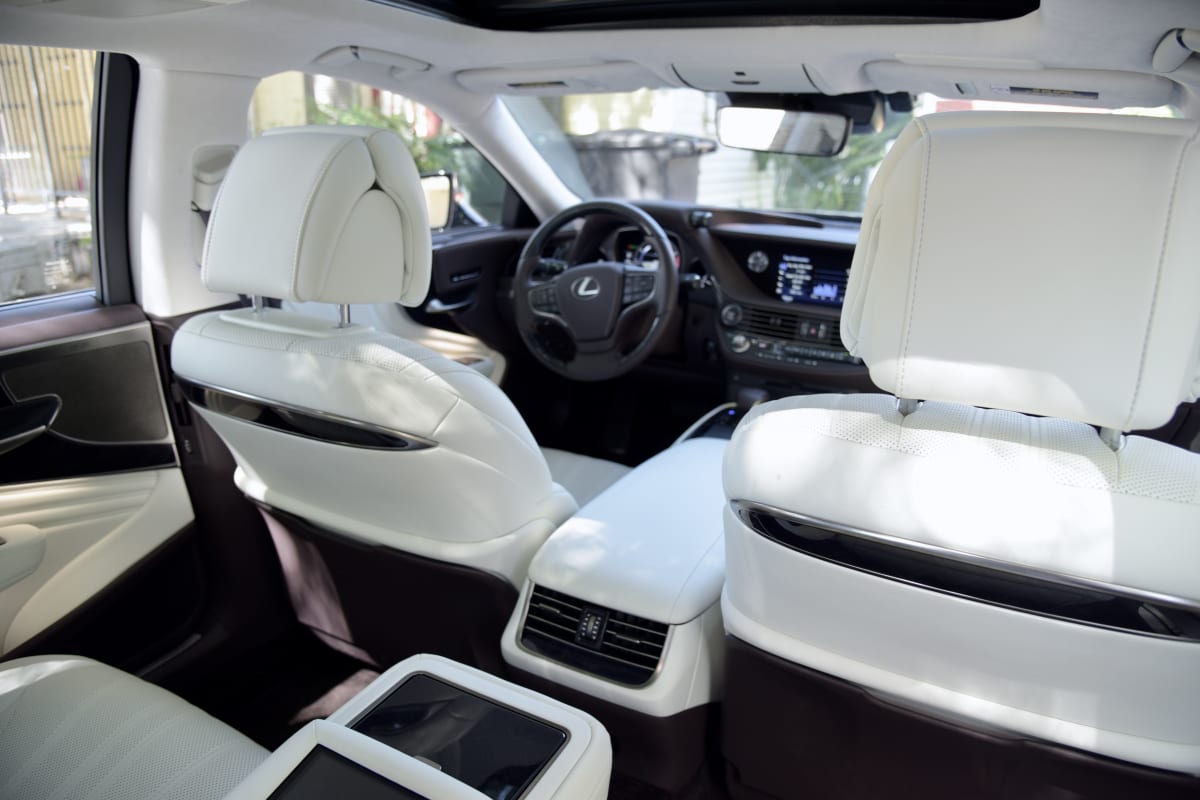
While we’re on driveability, though, there is a slight hesitation off idle—as if the car has to think to drop into gear—but only in “Eco” mode, which I’d imagine you’re not going to use a whole lot. Why would you when you have five other settings, from comfort to custom to normal to sport, and sport +. Dial up the latter and, oh my, my, you can let this car rip.
One option I think you’d best not spend $1500 on is the “Electronically modulated air suspension,” which raises the car a fraction of an inch (.8 inch) for certain driving conditions. The manual isn’t really all that clear what this is for. In testing it, I could more or less feel a difference, though more like putting the car back to its “down” setting made it more stable than that the “up” setting had any advantages.
And despite being refined, there are some things that still need fettling. As with every other Lexus I’ve driven lately, I don’t like the radio controls. I’ll add to that it’s a nuisance to have only 36 pre-sets distributed amongst all three bands—AM, FM, and satellite. And there’s no “tune” button—you have to use the touchpad. Yuck. However, there is a “radio” switch on the dash that puts you back in that mode without going through a bunch of intermediary steps.
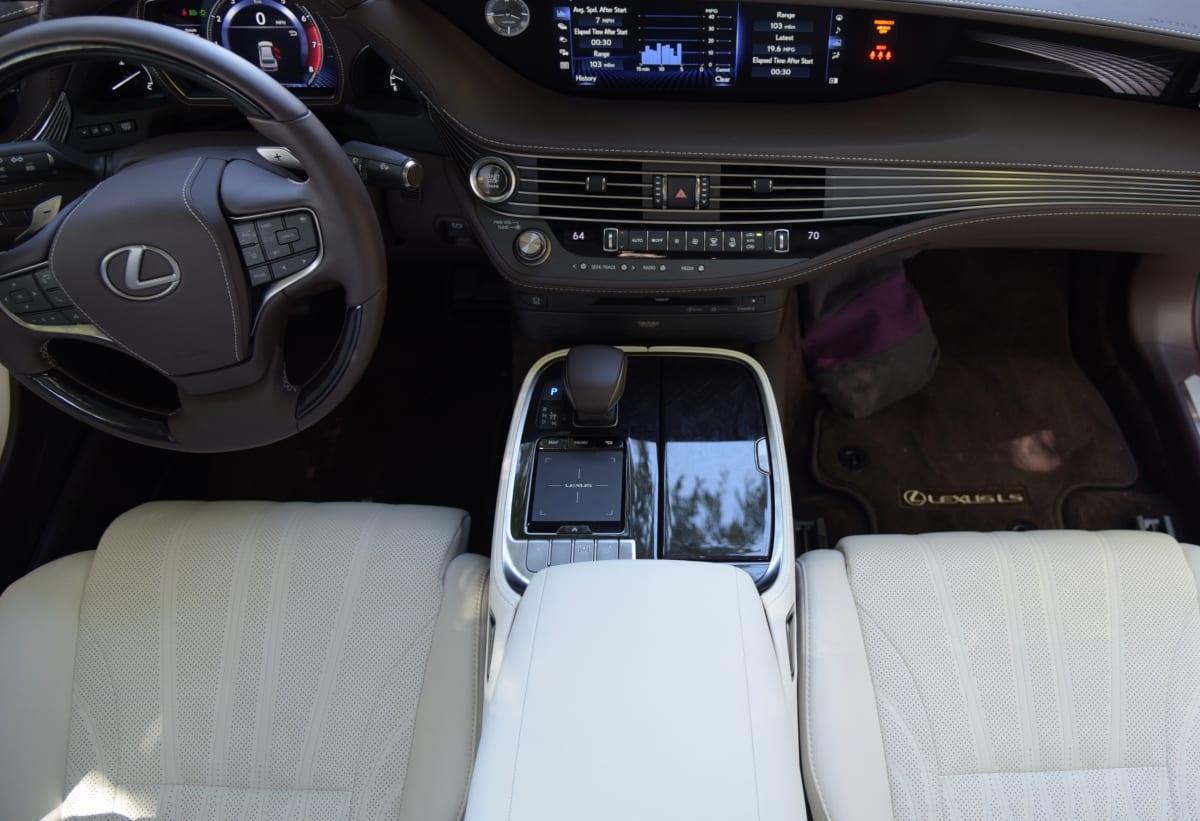
There was an air noise behind the driver’s head I finally traced to the seat cooler fan in the rear having been left on. It was obtrusive, though I could shut it off. But if you had a passenger back there, it would be annoying to listen to.
The parking sensors that warn you when you’re close to something are too sensitive, beep-beeping away far too much. They are not helpful when they’re that paranoid about everything the car is remotely close to. There is generally poor rearward visibility, though that’s the fault of the headrests as much as the size of the rear window.
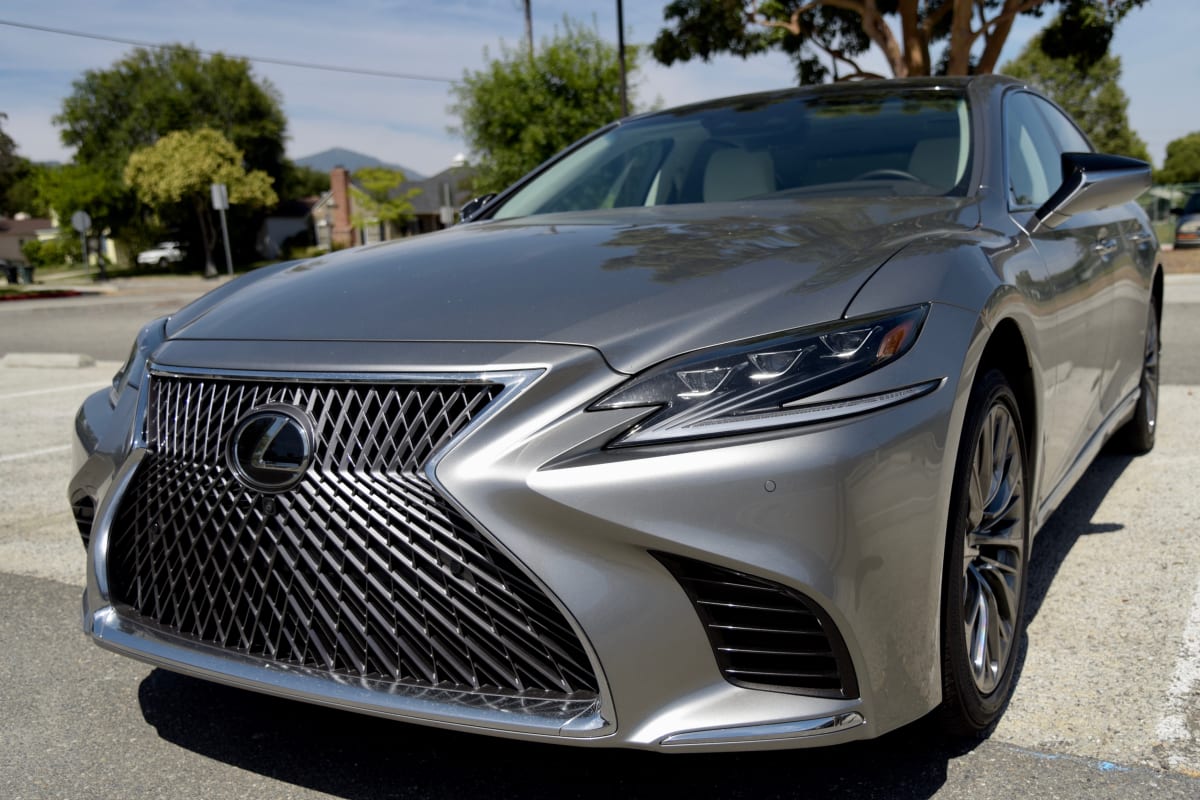
Gas mileage in my loop was not up to what the sticker says, but it’s also easy to get going 80mph because the car is so quiet, and I did lots of hammering the throttle just because the car is so much fun that way.
Should you buy the Lexus LS 500? Sure, if you can afford it. It does most things very well, but it’s not a boring four-door engineer-nerd special. It’s a fast, good-handling car that, in top trim, just happens to have more features than you’re ever probably going to use to their max.




